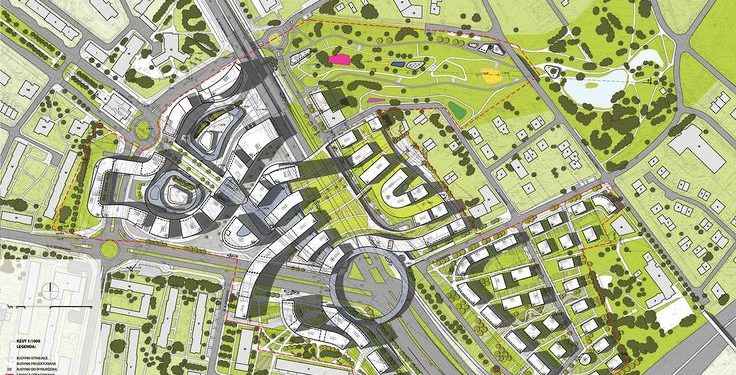Location remains key in real estate, but within the sector lies another crucial factor; “spatial planning.” This refers to the strategic use of space, and it acts as the blueprint for successful real estate projects.
Here’s how it impacts the sector:
Functionality = Value: A well-planned space optimizes use. It allows for easy movement and interaction with it. This smooth flow makes the space feel more comfortable and inviting. Efficient layouts, whether in an apartment or office, enhance usability and ultimately value.
Building thriving communities: Spatial planning goes beyond buildings. It dictates the structure of neighborhoods. By incorporating green spaces, walkability, and mixed-use developments, planners create vibrant communities that attract residents and businesses, driving property values.
Sustainability & efficiency: Smart planning prioritizes resource use. Building design that leverages natural light and ventilation reduces energy dependence. Compact, walkable communities minimize car reliance, contributing to a sustainable environment.
Investor appeal: Investors favor projects with well-considered spatial plans. Clear zoning, infrastructure provisions, and a focus on future needs demonstrate lower development risk, leading to better investor confidence and returns.
Effective spatial planning requires collaboration between developers and planners. By considering demographics, environment, and future growth, they create spaces that function well, foster community, and contribute to a city’s well-being. In today’s market, it’s not just a recommendation; it’s the key to success.
















